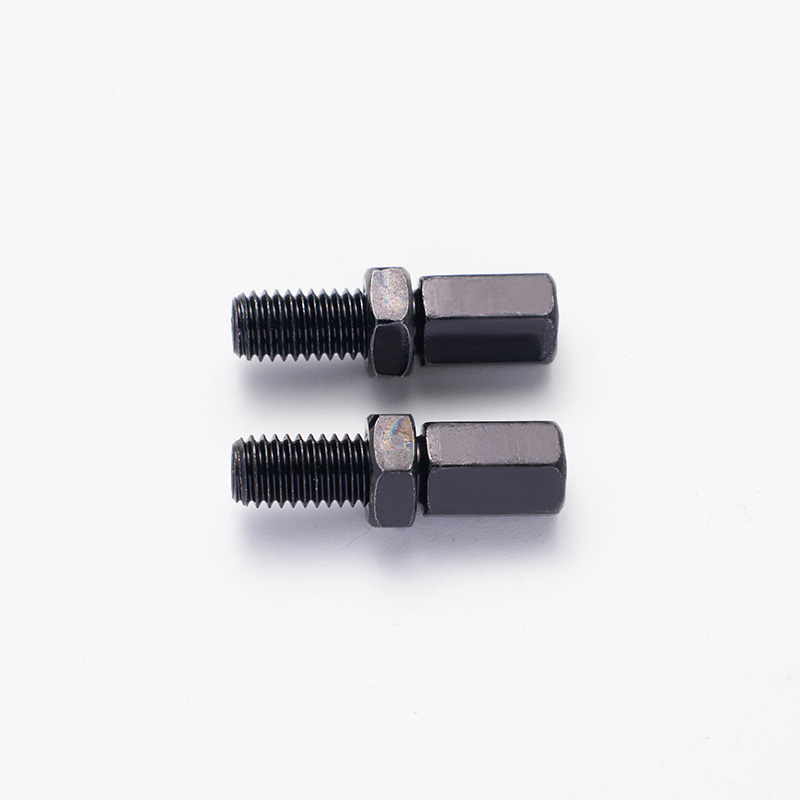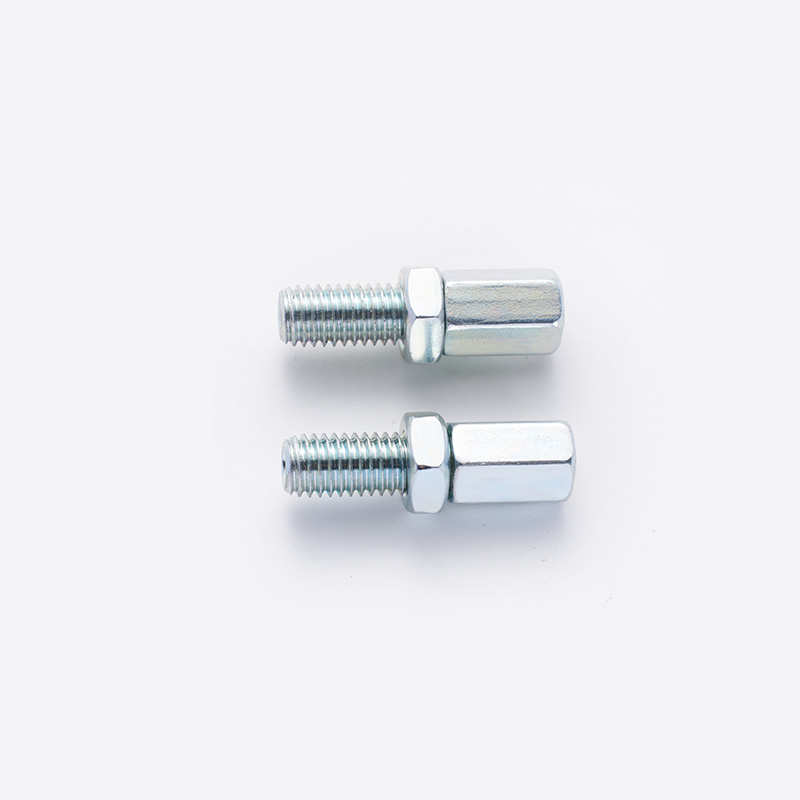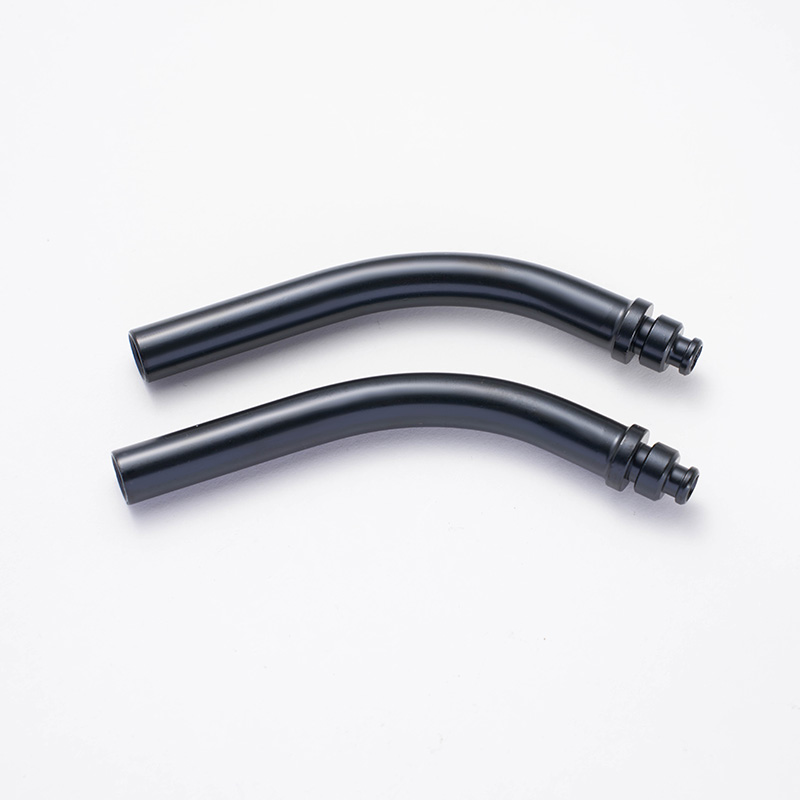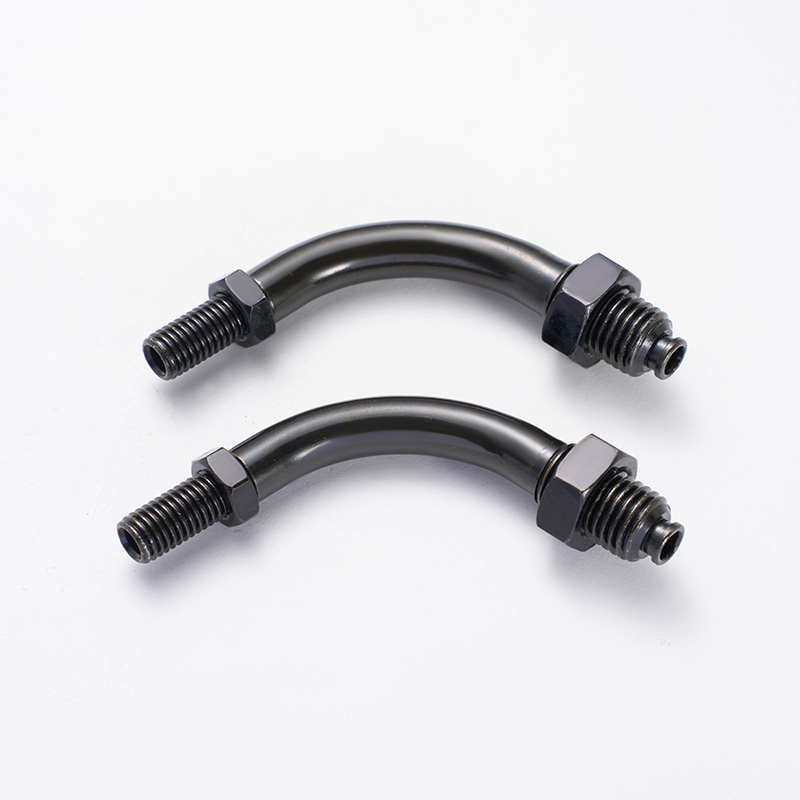In the rapidly evolving world of energy storage solutions, cylindrical lithium-ion cells have become a popular choice for a variety of applications. They are known for their high energy density, long lifespan, and ability to deliver power efficiently. But with so many options available, how does one choose the right cylindrical lithium-ion cell? Here's a comprehensive guide to help you make an informed decision.

Understanding the Basics
Cylindrical lithium-ion cells are cylindrical in shape and are made up of several components including the cathode, anode, separator, and electrolyte. They are known for their versatility and are used in everything from consumer electronics to electric vehicles. The choice of cell depends on several factors including the specific application, energy requirements, and safety considerations.
Key Factors to Consider
1. Capacity (mAh): The capacity of a cell, measured in milliampere-hours (mAh), determines how much energy it can store. For applications requiring long battery life, a higher capacity cell is necessary.
2. Voltage (V): The voltage of a lithium-ion cell is typically around 3.7V. However, the nominal voltage can vary slightly depending on the chemistry used.
3. Chemistry: Lithium-ion cells can have different chemistries, such as LiCoO2, LiMn2O4, or LiFePO4. Each chemistry has its own advantages and disadvantages in terms of energy density, cycle life, and safety.
4. Size and Form Factor: The physical dimensions of the cell must fit the device it will power. Cylindrical cells are standardized in terms of diameter (18mm, 26mm, etc.) and height (650, 700, etc.).
5. Cycle Life: The number of charge-discharge cycles a cell can endure before its capacity significantly degrades is crucial for long-term use.
6. Safety Features: Safety is paramount, especially with lithium-ion cells. Look for cells with built-in protection circuits that can prevent overcharging, over-discharging, and short-circuiting.
7. Cost: The cost per watt-hour can vary widely, and it's important to balance cost with performance and lifespan.
Making Your Choice
When choosing a cylindrical lithium-ion cell, start by identifying the specific needs of your application. If you need a cell for a high-drain device, you might prioritize a cell with a high discharge rate. For applications where long-term reliability is key, look for cells with a proven track record of longevity.
It's also important to consider the manufacturer's reputation and the quality of their products. High-quality cells from reputable manufacturers are more likely to perform consistently and safely over time.
After narrowing down your options, you may want to test the cells in a controlled environment to see how they perform under real-world conditions. This can help you make a final decision based on actual performance data.
Cultivating Cylindrical LifePO4 Cells in Modern Society
Cylindrical lithium-ion cells, particularly those with a LiFePO4 (LFP) chemistry, have emerged as a preferred choice for many applications due to their safety, longevity, and environmental benefits. In modern society, where sustainability and energy efficiency are paramount, the cultivation of LifePO4 cells plays a crucial role.
Advantages of LifePO4 Cells
1. Safety: LFP cells are inherently safer than other lithium-ion chemistries due to their stable crystal structure, which is less prone to thermal runaway.
2. Long Lifespan: LifePO4 cells can endure thousands of charge-discharge cycles, making them suitable for applications that require long-term reliability.
3. Environmental Impact: LFP cells contain fewer toxic materials than other lithium-ion chemistries, making them more environmentally friendly at the end of their life cycle.
4. Cost-Effectiveness: While initial costs may be higher, the long lifespan and lower maintenance requirements of LifePO4 cells can make them more cost-effective in the long run.
Applications in Modern Society
Cylindrical LifePO4 cells are finding their way into a variety of applications:
1. Electric Vehicles (EVs): LFP cells are being used in some EVs for their safety and longevity, providing reliable power for daily commutes and long journeys.
2. Renewable Energy Storage: In solar and wind power systems, LFP cells store excess energy for use during periods of low generation, enhancing the efficiency of renewable energy systems.
 boo@zjmgmm.com / 958587858@qq.com
boo@zjmgmm.com / 958587858@qq.com English
English русский
русский Español
Español عربى
عربى







 English
English  Building 33, Demonstration Park, No. 318 Chenguang Road, Eastern New District, Wenling City, Taizhou City, Zhejiang Province, China
Building 33, Demonstration Park, No. 318 Chenguang Road, Eastern New District, Wenling City, Taizhou City, Zhejiang Province, China  0086-576-86337978
0086-576-86337978  0086-576-86333878
0086-576-86333878
 boo@zjmgmm.com
boo@zjmgmm.com 